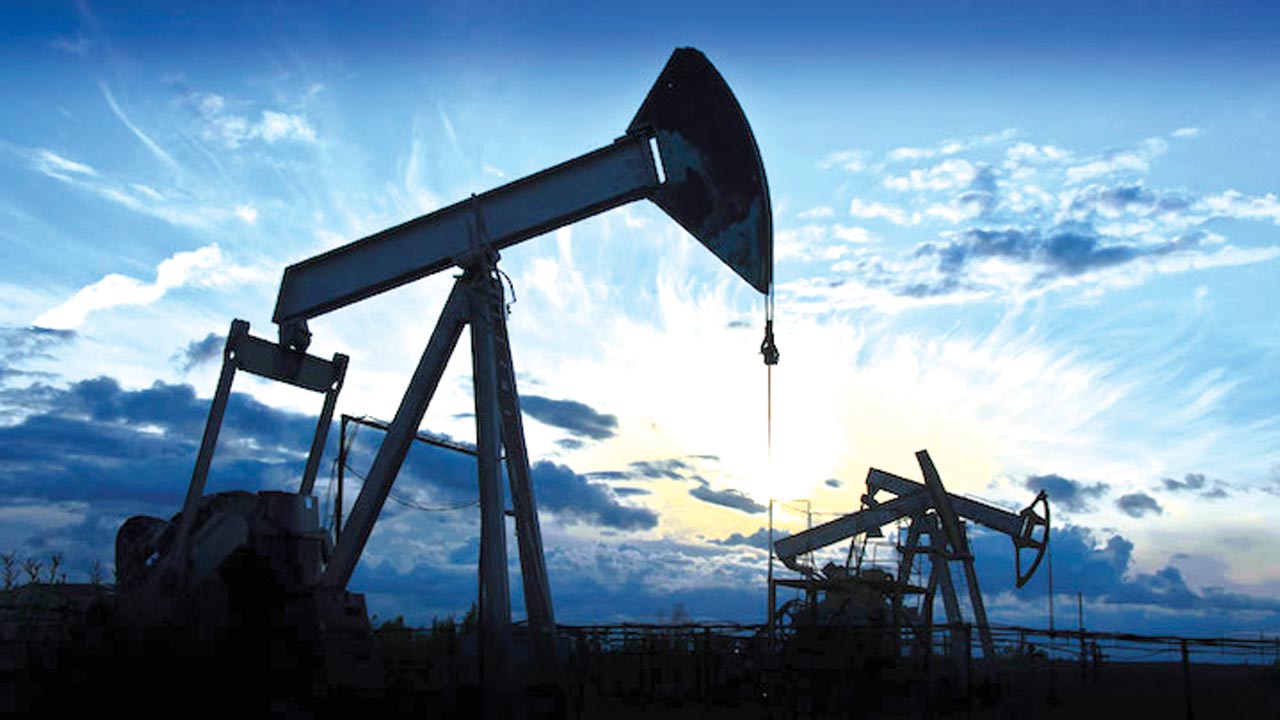- OPEC’s Worst Cheater Will Get Harder to Ignore as Curbs Falter
OPEC’s second biggest producer is also its biggest cheater.
And if past is prologue, that lengthens the odds the group will be able to squeeze too many more price gains out of its output cuts.
Iraq pumped about 80,000 more barrels of oil a day than permitted by Organization of Petroleum Exporting Countries curbs during the first quarter. If that deal gets extended to 2018, the nation will have even less incentive to comply because capacity at key southern fields is expanding and three years of fighting Islamic state has left it drowning in debt.
“Leaving that productive capacity idle will come with an opportunity cost that Iraq may prove reluctant to bear,” said Harry Tchilinguirian, the London-based head of commodity markets strategy at BNP Paribas SA. He’s nonetheless optimistic that global inventories will fall by year-end as members like Saudi Arabia pick up the slack for Iraq’s transgressions.
A risk, though, emerges if Iraqi compliance worsens to such an extent that other countries in the 13-member group start cutting corners too, exacerbating a global surplus that’s already erased much of the gains that unfolded after the deal was struck in November.
Brent crude tumbled below $50 a barrel this month as data showed U.S. shale producers were alive and kicking, confounding OPEC’s efforts to control the supply glut. While oil recovered losses after Saudi Arabia and Russia threw their weight behind extending the six-month output reductions, it’s still 7 percent off post-deal highs.
“A lot of market participants have been a bit underwhelmed by the impact of the cut,” Martijn Rats, an oil analyst at Morgan Stanley, said in an interview in Dubai. He says OPEC members are most likely to respect curbs if Brent trades in the $50-$60 range, with prices on either side increasing the risk of non-compliance.
Under the November deal, OPEC envisioned curbing 1.2 million barrels per day of output, with Iraq trimming 210,000 barrels a day to 4.351 million barrels a day. In the first quarter, Iraq met only 61 percent of its targeted cut, though compliance improved to 90 percent in April, according to OPEC data. It’s not the only straggler. The United Arab Emirates achieved just 57 percent of its cut in the first quarter, though the U.A.E. exceeded its target in April, and many non-OPEC producers including Russia also missed their goals.
“I doubt Iraq will cut any more in the second half than it has already,” said Robin Mills, the Dubai-based chief executive officer of consultant Qamar Energy. It may instead produce more as it completes maintenance at several fields, new ones start production and seasonal domestic consumption rises, he said. There are some signs this has already started.
Iraq’s peers are tolerating its breaches mostly because Saudi Arabia has slashed 35 percent, or 171,000 barrels a day, more than it needs to, according to OPEC data. As a result, the group met 96 percent of its target cut in the first quarter, an exceptional result given compliance with previous curbs has never before exceeded 80 percent, the International Energy Agency reported.
The stakes are a lot higher for OPEC than they used to be. Its leverage over the global market has receded just as member states like Saudi Arabia fund deficits with more and more borrowed money. That’s why producers would rather turn a blind eye to Iraq’s infractions than jeopardize a deal that both Tchilinguirian and Rats expect will eventually curtail inventories.
It’s not unusual for Iraq to get special treatment. After the U.S. invasion in 2003, it was exempt from quotas to help it rebuild capacity devastated by war and sanctions. It only reluctantly signed the current deal, initially seeking a waiver because, in the words of Oil Minister Jabbar Al-Luaibi, it’s battling militants “on behalf of the world.”
What’s more, Iraq doesn’t have control or even knowledge of its whole oil industry. At the time of last year’s agreement, the semi-autonomous Kurdish region in the north of the country was producing one in every eight of Iraq’s barrels. The Kurds have not reported output figures since October.
Still, Al-Luaibi insists Iraq has followed through on its pledge to pump less. He says the market should gauge its compliance using government figures because OPEC data, drawn from six secondary sources including Platts and Argus Media, underestimated the output level used as the baseline for its production target.
The November deal put Iraq’s output at 4.561 million barrels a day, about 200,000 barrels less than its own estimates. Since then, Al-Luaibi has at times suggested the nation is assessing compliance based on exports not production, further muddying the waters on its acquiescence to the curbs.
With skeptics questioning whether OPEC cuts are deep enough to balance global supply, quota dodging risks becoming more dangerous to condone. If it really wants to confront the glut, the group should double output cuts as a “bare minimum,” Naeem Aslam, the chief market analyst at brokerage Think Markets U.K. in London, said in a May 15 note.
“This is OPEC’s problem: There is no punishment mechanism,” independent oil analyst Anas Alhajji said by phone from Houston. “A deal is one thing, implementation is another.”

 Forex3 weeks ago
Forex3 weeks ago



 Naira2 weeks ago
Naira2 weeks ago
 Billionaire Watch2 weeks ago
Billionaire Watch2 weeks ago




 Naira2 weeks ago
Naira2 weeks ago




 Naira2 weeks ago
Naira2 weeks ago






 Naira4 weeks ago
Naira4 weeks ago


 Naira1 week ago
Naira1 week ago






 Naira4 weeks ago
Naira4 weeks ago




















